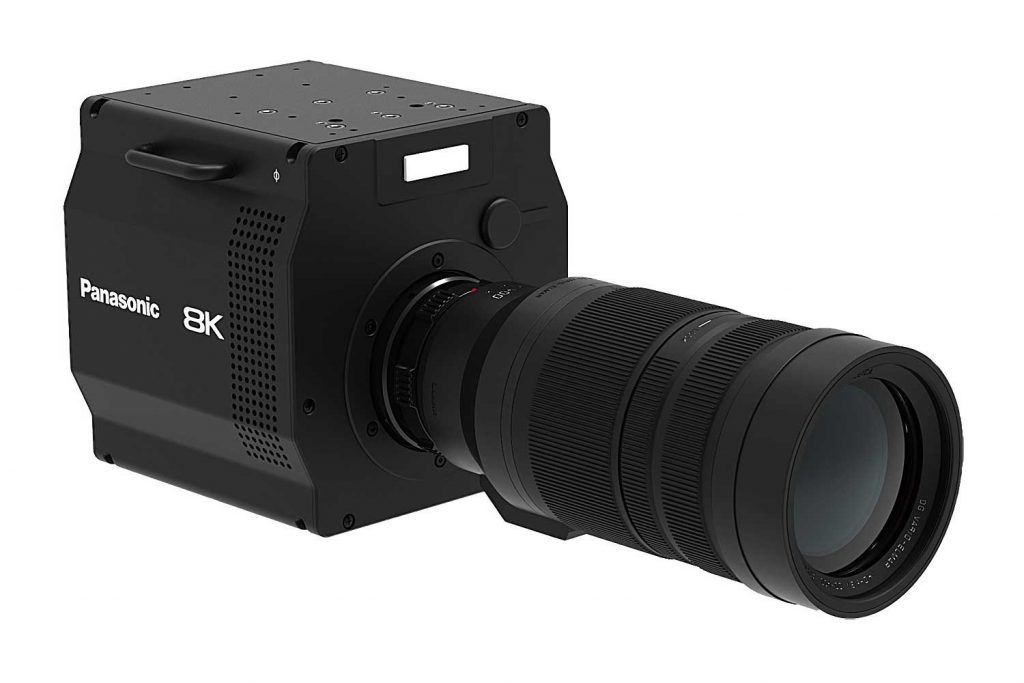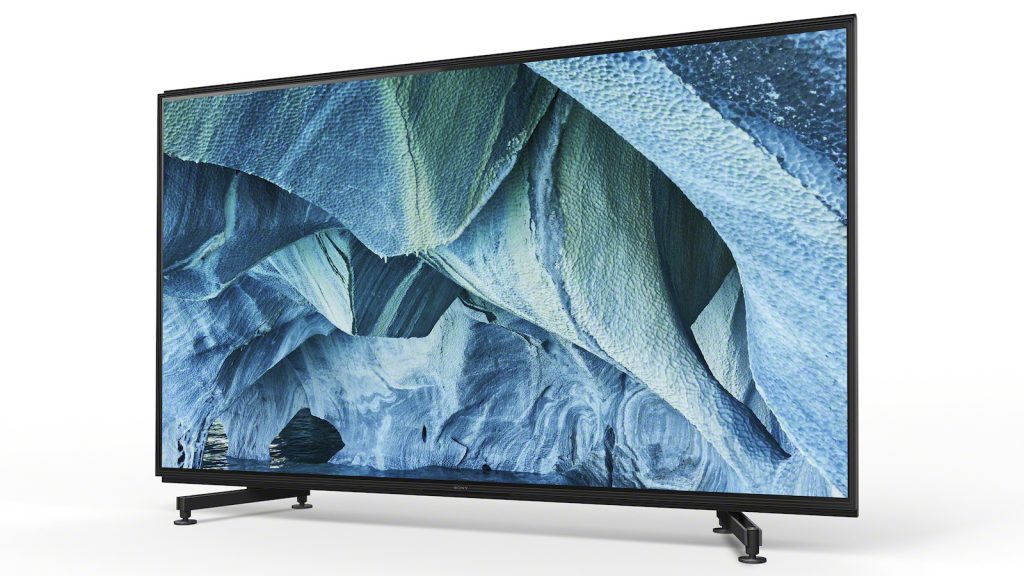8K production
The transition from 4K UHD to 8K is well on schedule according to experts at The 8K Association, paralleling the move from HD to 4K. Sharp, Sony, Hitachi, Panasonic and Ikegami already have 8K-capable cameras and Blackmagic is working on one with 12K resolution. Ancillary equipment for both live and pre-recorded production workflows are also in the pipeline.

If it hadn’t been for COVID-19, we would already have seen NHK using 8K for live sports production, at the postponed Summer Olympics in Tokyo. We can look forward to it debuting at the games in 2021, as well as the 2022 Winter Olympics in Beijing and the 2024 Summer Olympics in Paris. In the meantime, the most challenging technical aspects of 8K production that remain processing power, memory and storage, and transport and bandwidth.
8K distribution
8K distribution is another major challenge, with HEVC compression and 80-100 Mbps satellite service, being used currently, but not considered sustainable. Satellite, over-the-air and internet delivery (streaming or downloading) are all compromised in some way, and even ATSC 3.0 doesn’t help due to limited bandwidth and, crucially, currently no 8K definition support. Streaming support could possibly arrive within the year, but that is more likely to be pushed out to 2022 / 2023.

8K delivery
All the TV manufacturers now have 8K-capable sets but so far there are no 8K set-top boxes or USB streaming sticks. However, PlayStation 5 and Xbox Series X which are due in time for Christmas are rumoured to both include 8K support.
Driving consumer demand is one of the main things on 8KA’s current agenda, including the Discover8K.com website. For more information for professionals and interested consumers alike, 8KA’s “8K Ecosystem Is Here: Is It Time to Embrace 8K?” webinar is available to watch on-demand here.
Source: TV Technology


